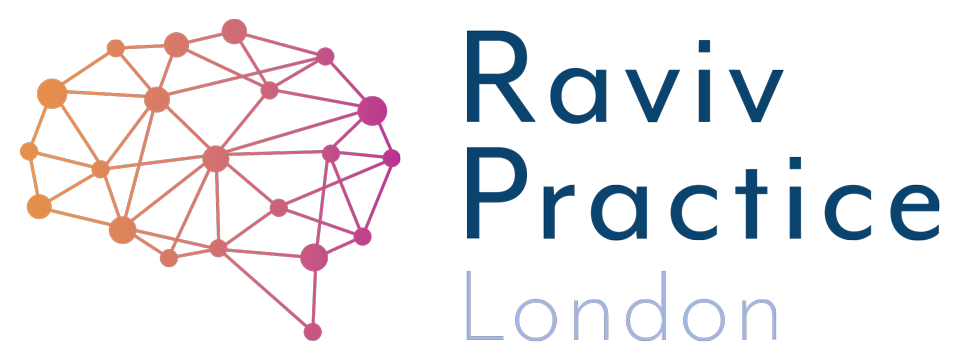Why can’t my child catch a ball?
Throwing catching.
Why can’t my child catch a ball?
You’d expect that by age ten most children could throw and catch a ball. However not every child masters this skill, and for some it could indicate a possible symptom of neuro divergence.
Those with poor coordination often struggle to catch an object the size of a tennis ball with any success. When playing ball games, these children seem surprised when the ball arrives. It is almost as if they see the ball too late, and they react by jumping out the way before it hits them.
Understandably, these children become fearful of catching balls. Their throwing skills are likely to be no better; confusion with underarm, overarm, and aiming the ball means hitting a particular target seems impossible.
My student Alfie was such a case. He was a typical case of a “floppy child” and his not being able to catch a ball was one of many things his parents could not figure out. His younger brother, aged eight, was able to throw and catch just fine and was even in the school football team. Alfie always said he was not interested in football. It could have been that he hated tying laces, and football boots required a lot of lace tying. Laces were not his friends; he was constantly told off about untidied laces and always preferred slip-on shoes to lace-up-trainers. Alfie had a general level of clumsiness, and it showed up in many things outside the area of sports:
· poor posture
· tendency to slump
· poor at learning to swim
· messy eater
· messy handwriting
· slowness in copying tasks
· poor hand-eye coordination for sports and academics
· easily distracted and weak focusing skills
When children show weaknesses like Alfie, there is a common thread that goes deeper than what appears on the surface. In my investigations with 10-year-old Alfie, I trained him to catch and throw and used large balls to help develop hand-eye coordination. I worked a lot using a balance board using our one-to-one program, a multi-sensory therapy which is designed to help learn and develop better hand-eye coordination skills (as well as focus and attention). We also used reflex integration therapy to help with other developmental gaps.
How do the eyes adapt to catch a moving target?
The eyes need to converge together, towards the nose, to track a ball that is coming towards them. The eyes diverge when the ball is thrown away from the body. Each eye needs to move in a well-coordinated tandem. This is called binocular vision.
“These primitive reflexes become the foundational blocks for eventual upright postural reflexes.”
Why would a child's eyes not develop naturally?
When in the womb, babies live in a world where their bodies are supported in a fluid-filled sack. The survival mechanisms the amniotic fluid provides are a transitional phase that needs to be integrated into a world where their body weight is self-supported. A baby's involuntary responses, controlled by the brain stem, are better known as primitive reflexes. These primitive reflexes become the foundational blocks for eventual upright postural reflexes. Each set of primitive reflexes have different purposes and organise other parts of the body.
At around 6 to 9 months, symmetric tonic reflex (STNR) emerges and is integrated by 9 to 11 months. The purpose of this reflex is to help the baby get on their hands and knees to crawl. None of us remember it, of course, but this is not an easy skill to learn! To get it right, babies need to coordinate how they support and move their head with how they organize their upper and lower limbs.
When they start to try to crawl, babies will tip their head forward but are not used to supporting themselves in this way yet. If they move their head forward, the arms collapse. If they move it back away from their chest, they collapse on their legs and their arms straighten. They have to learn how to balance their weight, which is why you may have noticed a baby kneeling and rocking back and forth to experiment with how to get this right.
With the head supported and balanced, they are ready to crawl. At this time, the baby also develops the skills needed to use both eyes together (binocular vision) so that they can focus them when moving. Which is why the STNR reflex is essential not just for crawling, but also for developing the eyes to deal with near and distance vision, and how to focus on moving objects.
Think back…. How well did they crawl as a baby? If you identify with your child not being able to catch a ball? Think back did they crawl as a baby? Parents do not always appreciate the importance of tummy time and crawling. They are proud to say their infant started walking early, not understanding that an important developmental phase was missed. The baby walkers of the past decades were singularly responsible for many children having unintegrated STNR reflexes.
If the STNR reflex is not properly developed as a child, it means they will continue to struggle with hand-eye co-ordination later in life – which may be exactly where your child’s trouble catching a ball comes from.
However, it is never too late to help! There are therapies available to help fill this gap. Children and adults can have their reflexes integrated at any age. Once this is done, they have the foundational skills to move their eyes with more ease for reading, writing, and all the football they can manage!
If you are concerned about your child’s ability to catch a ball, or any other kind of skill involving hand-eye co-ordination, get in touch. I would be more than happy to discuss how we can help you move forward.
Dyslexia? Dyspraxia? ADHD? ASD? Speech & Language? Developmental Delay? Anxiety?
Is every school day a struggle? As a parent, you may feel exhausted and on this journey alone. Each year you see the gap getting wider. You need to do something - change the approach, help your child learn for themselves, find a way to turn this around - to help while you can - do this NOW. the first step is free.
About the Author
Usha Patel is a Neurocognitive Therapist and Director at Raviv Practice London. Parents searching to help their suspected/neurodiverse child can get evidence-based solutions with results in as little as 8 weeks. Those in search of jargon-free help can get started straight away.


